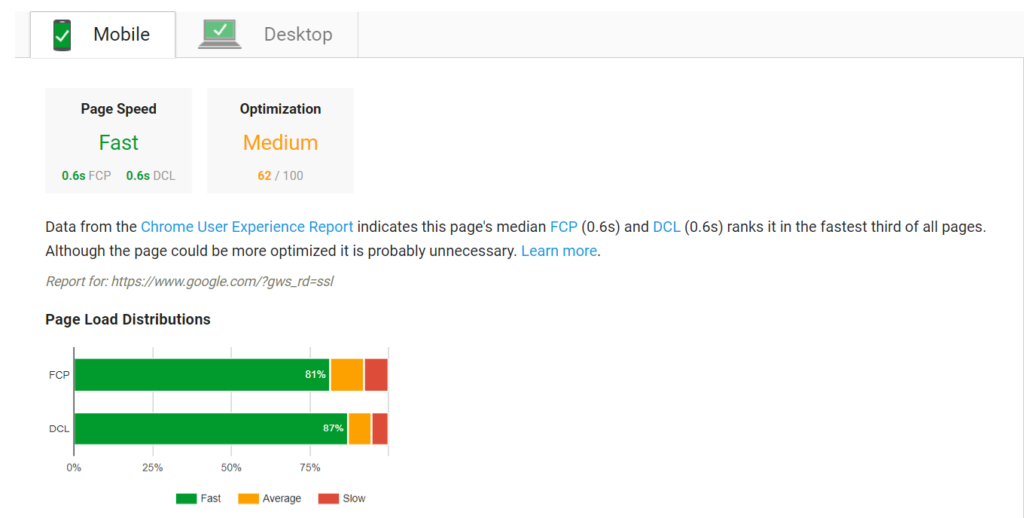Without SEO your site could be the most informative site for a topic, yet no one will see it on the first page of their search results. Search Engine Optimization (SEO) is when you add certain characteristics to your website/web pages to make it easier for search engines (such as Google) to analyze your site. This lets search engines know what your site is about and which users will find your site helpful. Then, your content can show up in relevant searches. Here are 10 things your website should have to improve your SEO.
1) Alt Text on Images


Alt text is often left by the wayside as a site gets built. What is it? Alt text is the description attached to image files on your website. If a person cannot see the image for any reason, the alt text provides a suitable replacement. It is also important for accessible websites to include comprehensive alt text so that the content is “viewable” by anyone. The description of the image should capture what it represents rather than just describing what is happening in the picture.
2) Meta Descriptions

These short blurbs (roughly 155 characters) show up in Google’s search results underneath your page’s title and provide more explanation about what users should expect to find on that page. Yoast has provided a more detailed explanation here. Think of a meta description as what will ”sell” your web page, so make it relevant and eye-catching.
3) Unique Page Titles

Page titles are much like meta descriptions—attracting attention and summarizing the topics contained on that page. They are also extremely prominent and show up on search results pages, when you share pages on social media, in the browser at the top of the page, and more.

4) Unique, Original Content

Much like having unique meta descriptions and titles for each page, it’s also necessary for your website to have original content. Besides making your site interesting to users, it also helps Google to best understand what each page provides to a potential user. If there are multiple pages with the same title or content, Google guesses which one is the most relevant to the user, which may not be the page you originally intended.
5) Connection to Google Analytics

Google Analytics is a free Google resource that you can set up on your website to help track user behavior. It provides a wide range of data including which pages users are visiting the most, how long users are staying on pages, and how users are finding your website, as well as which devices or browsers are being used to access your website.
6) Connection to Google Webmaster Tools

Google Webmaster tools is another free resource from Google that helps give you even more background data on your website. For example, it allows you to see which keywords are bringing users to your website and whether there are any errors on your site like a broken link.
7) SEO-Friendly Plugin (if possible)

While not necessary, a SEO plugin on a WordPress site can help guide you through making relevant titles and meta descriptions based on that page’s content. Yoast SEO and All in One SEO Pack are two of the more popular plugins available for WordPress sites.
8) Mobile-friendliness/Responsiveness

In the age of smartphones and tablets, there is no room for non-responsive websites. If your site is not mobile-friendly, you’re losing a large chunk of potential users. Not only that, but Google’s search engine tends to prioritize mobile-friendly sites over those that are not. See how your site fares with Google’s mobile-friendly check here.
9) Site Map

Site maps are one of those things it’s easy to let slip through the cracks once your site is up and running. Why would you need a complete list of all the pages on your website? For one thing, it shows you which pages are live and published, so if there are pages that should not be showing up for users or if there are pages that should be showing up, a site map will show you. Furthermore, if you submit your sitemap to Google and Bing search engines, it helps the page crawler more easily navigate through your website.
10) Decent Load Times (Site Speed)

That fancy design with giant scrolling images may be gorgeous to look at, but is it taking too long to load? It’s helpful to try your website on a number of different browsers and devices to see if your page loads quickly across the board. Google provides a site speed optimization test you can use to get an idea of where your site can improve on load times.
If you’re still feeling unfamiliar with SEO, the blog post here will walk you through it step-by-step. You can also contact us if you have more questions or would like us to optimize your website for page one search engine results.
Written by TinaKay Oliver || Google Analytics & SEO Consultant

